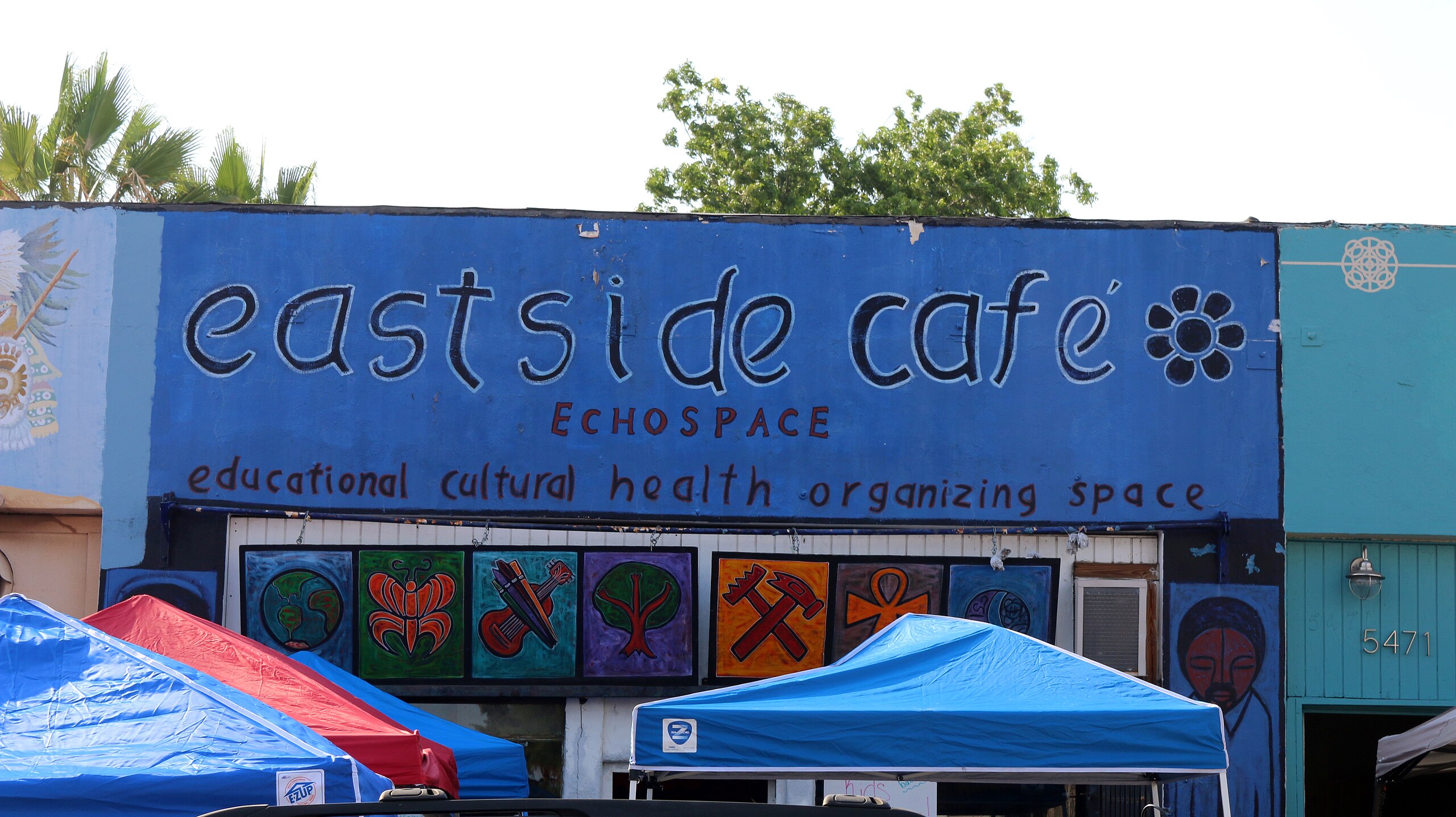These pioneering groups paved the way for other roots-focused groups into the present day, as young Latinos, even those born and/or raised in the US, to engage traditional music more directly, often in ways that grow out of political activism. Many of these groups also feature women playing more active roles than in the past, which suggests that many of these groups are not only reviving older musical and cultural values, but also changing some of the old-school machismo that is also part of Latino culture.
Such is the case with the East-LA Chicano group, Las Cafeteras, one of various groups who have taken up son jarocho. Their version of "La Bamba" repurposes the lyrics to talk about crossing borders, and was the theme song for a popular Telemundo soap opera.
Their story shows their links both to traditional music and cal grassroots activism.
Another young LA Chicano band, La Santa Cecilia.
El Hielo.
There are similar trends on the East coast.Young Puerto Ricans are now playing bomba:
Another New York-based group, Kalunga has directly confornted some of the exclusions in traditional music. Against the politically loaded division between the Dominican and Haitian nations, Kalunga, consisting of both Dominican and Haitian New Yorkers, performs both Afro-Dominican and Afro-Haitian music, arguing for the unity around a shared frame of blackness.
Spaces
In LA, the Atomic/Troy Café
and others...
 |
| Eastside Café |
Some o these spaces have been predominantly immigrants, with some US-born folks. Others vice-versa. All ofthese rpojects spring form interactions between US-born and immigrant musicians. Many groups work from spaces of collaboration, like Bulla en el Barrio, formed around a charismatic and talernted singer from Colombia.
Politics
The Zapatistas, still going strong
The protests over Vieques in Puerto Rico
The Caribbeanization of NY Jazz
Miguel Zenón, who has already worked with plena and música jíbara and the musical exploration of identity.
While many US Latinos move toward traditional music, many immigrant musicians well-versed in tradition are moving toward experimental and avant-garde projects, with jazz an important baseline for both. Here are the percussionists and culture-bearers Pedrito Martínez and Román Díaz, in a ritual setting.

No comments:
Post a Comment